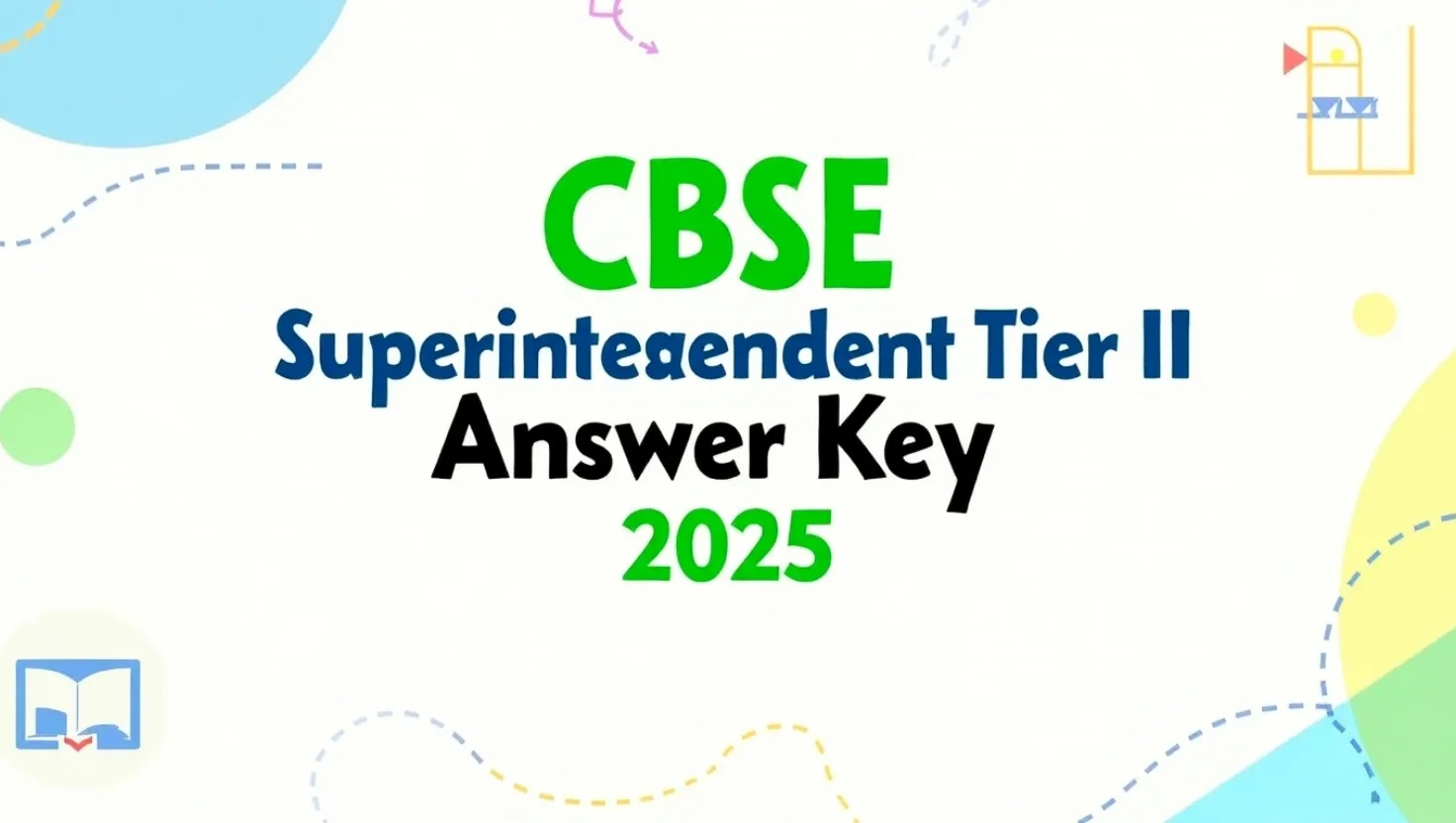The JEE Main Paper I conducted on 11th April 2015 was part of the computer-based test format and included 90 objective-type questions covering Physics, Chemistry and Mathematics. Each subject carried equal weightage and the paper had a total of 360 marks. The pattern followed was consistent with previous years, with four marks awarded for each correct answer and one mark deducted for every wrong one. This paper is ideal for practice, especially for students aiming to improve accuracy and speed under actual exam conditions.
I’m writing about this paper because it’s a valuable source for serious JEE aspirants who want to go beyond mock tests. While coaching institutes provide plenty of practice, there’s a certain reliability that comes from solving real JEE papers. The 11th April 2015 paper gives a true idea of the actual difficulty level and helps you identify commonly asked topics. It’s not just about practising more questions—it’s about solving the right questions. If you’re planning to take the JEE Main in computer-based mode, this paper can also give you experience with the format. Solving this full-length paper with a timer is a great way to test your readiness and revise concepts in a realistic setting.
Exam Structure and Pattern
Here’s a quick look at the structure of the JEE Main 2015 (11th April) online exam:
- Mode: Computer-Based Test (CBT)
- Subjects: Physics, Chemistry, Mathematics
- Total Questions: 90 (30 per subject)
- Total Marks: 360
- Question Type: Multiple Choice Questions (Single correct answer)
- Marking Scheme: +4 for correct answers, -1 for wrong answers
- Duration: 3 hours
Subject-Wise Analysis
Physics
Physics was moderately tough with a mix of conceptual and numerical problems. Questions were mainly from:
- Laws of Motion
- Work, Energy and Power
- Modern Physics
- Current Electricity
- Ray Optics
Some calculations were time-consuming, and accuracy was important to avoid negative marking.
Chemistry
Chemistry was easier than the other two sections and leaned heavily on NCERT concepts. The key topics included:
- Organic Chemistry – Functional group reactions, IUPAC naming
- Inorganic Chemistry – p-block, Coordination Compounds
- Physical Chemistry – Chemical Kinetics, Thermodynamics
This section gave a scoring advantage to students who were well-versed with the basics.
Mathematics
Maths was lengthy and had tricky problems. Questions were asked from:
- Calculus – Application of Derivatives, Definite Integrals
- Coordinate Geometry – Circles, Ellipse
- Algebra – Sequences, Probability
- Trigonometry – Basic identities, Heights and Distances
Speed and accuracy were both tested in this section, and skipping lengthy problems was necessary for proper time management.
Why You Should Practise This Paper
- Helps identify important chapters that are repeated
- Offers real exam-level difficulty for self-assessment
- Useful for managing time in online format
- Builds familiarity with the computer-based test interface
- Can be used as a mock paper for revision in the final months
It’s not just about knowing the syllabus—it’s about practising with questions that have actually been asked in previous years.
Download PDF
You can download the full question paper and answer key in PDF format from the link below:
Click here to download JEE Main 11th April 2015 Question Paper PDF
(The link will be updated once the official PDF is made available)
Final Thoughts
Practising actual JEE Main papers like the 11th April 2015 edition is a must if you’re aiming for a good rank. These papers expose you to the exact level of competition and the kind of questions that NTA sets. Use it for revision, time-bound practice, or even self-testing a few weeks before the exam. It’s always better to rely on authentic sources than over-coaching. Download the paper, set a timer, and attempt it with full seriousness. That’s how real improvement happens—one paper at a time.



















